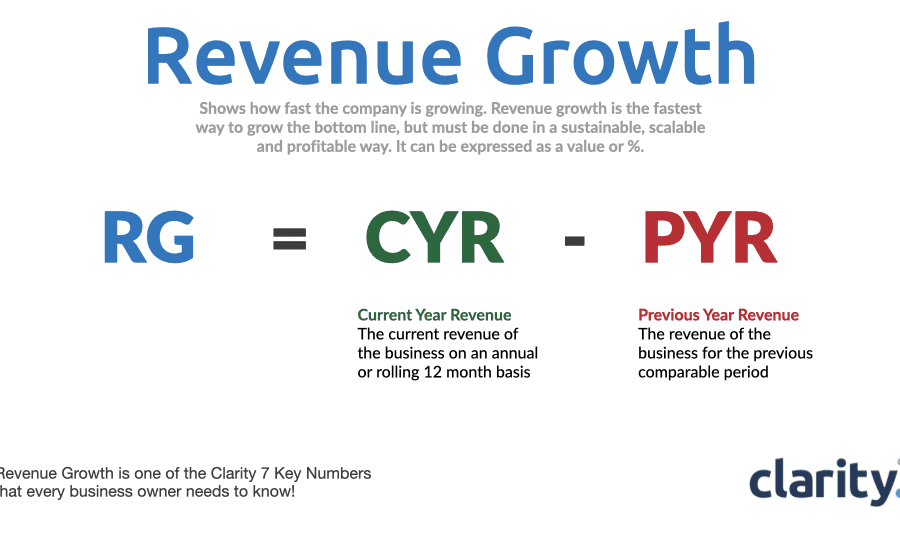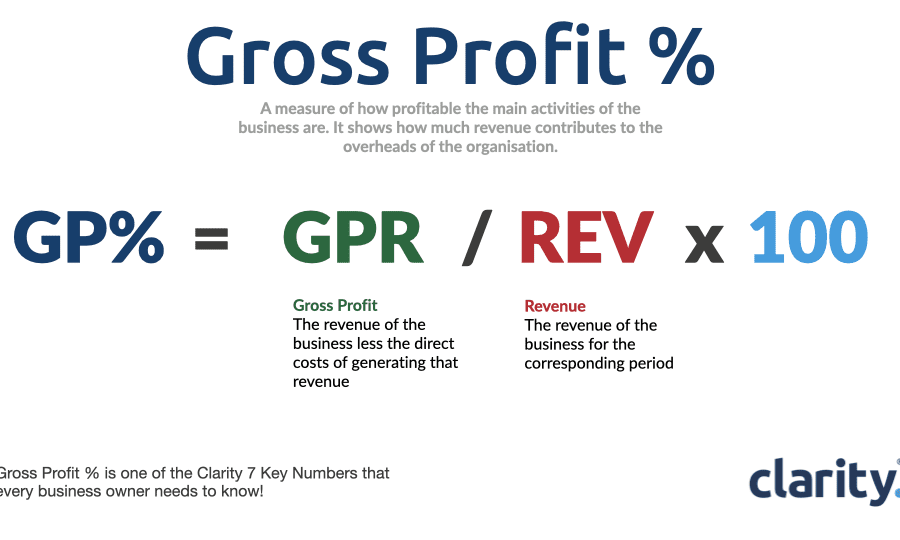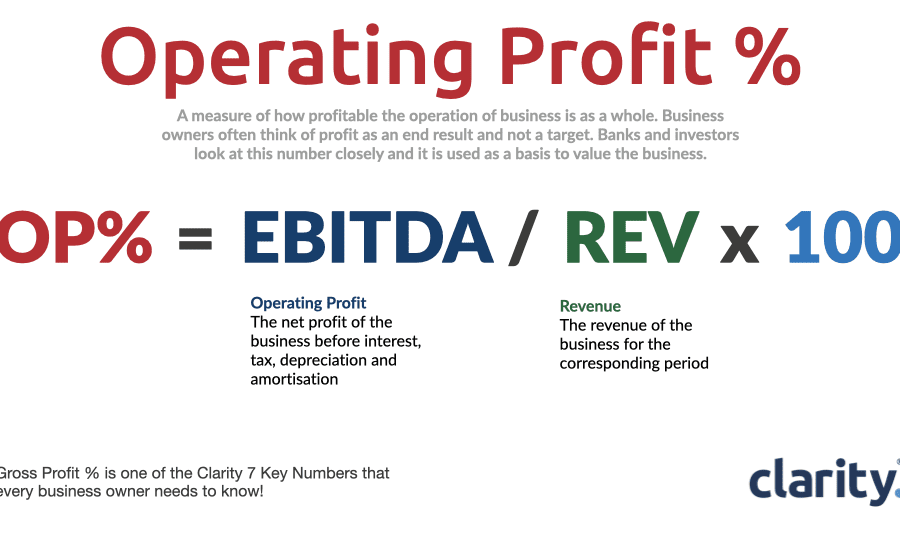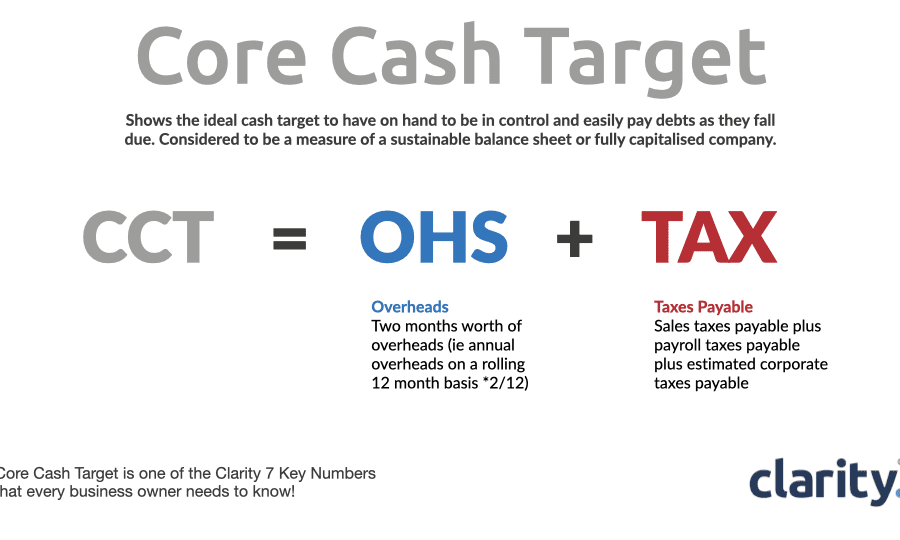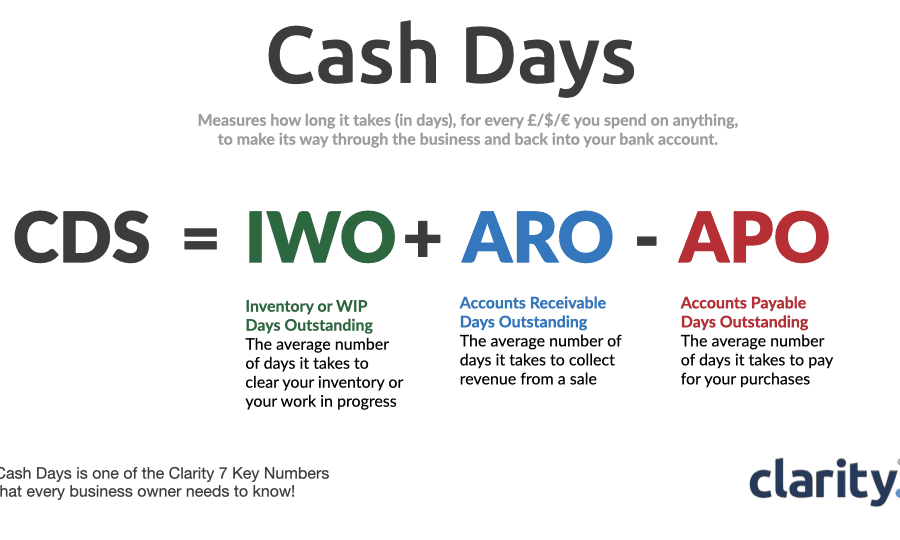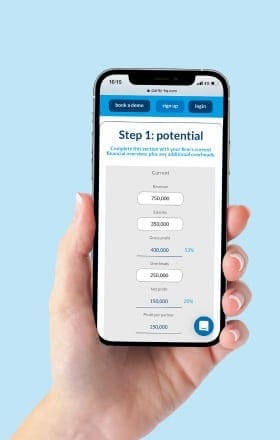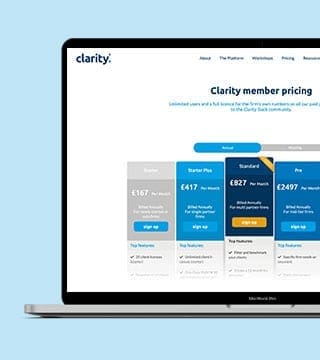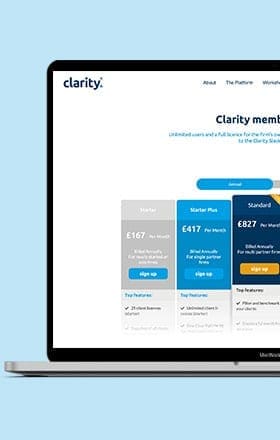Most small business owners don’t get their numbers and don’t really understand their financial statements. And the various reports you send out, rarely seem to cut through either.
The Clarity platform condenses the many complicated numbers behind a business into 7 simple, key numbers. Our aim is to make business simple for small business owners and help YOU help your clients understand their numbers, and how to make them better. Effectively giving you the power to tell better stories with numbers.
COO at Clarity, Steven Briginshaw, digs a little deeper into what the 7 Key Numbers are, and why we have chosen them. Let’s dive in:

